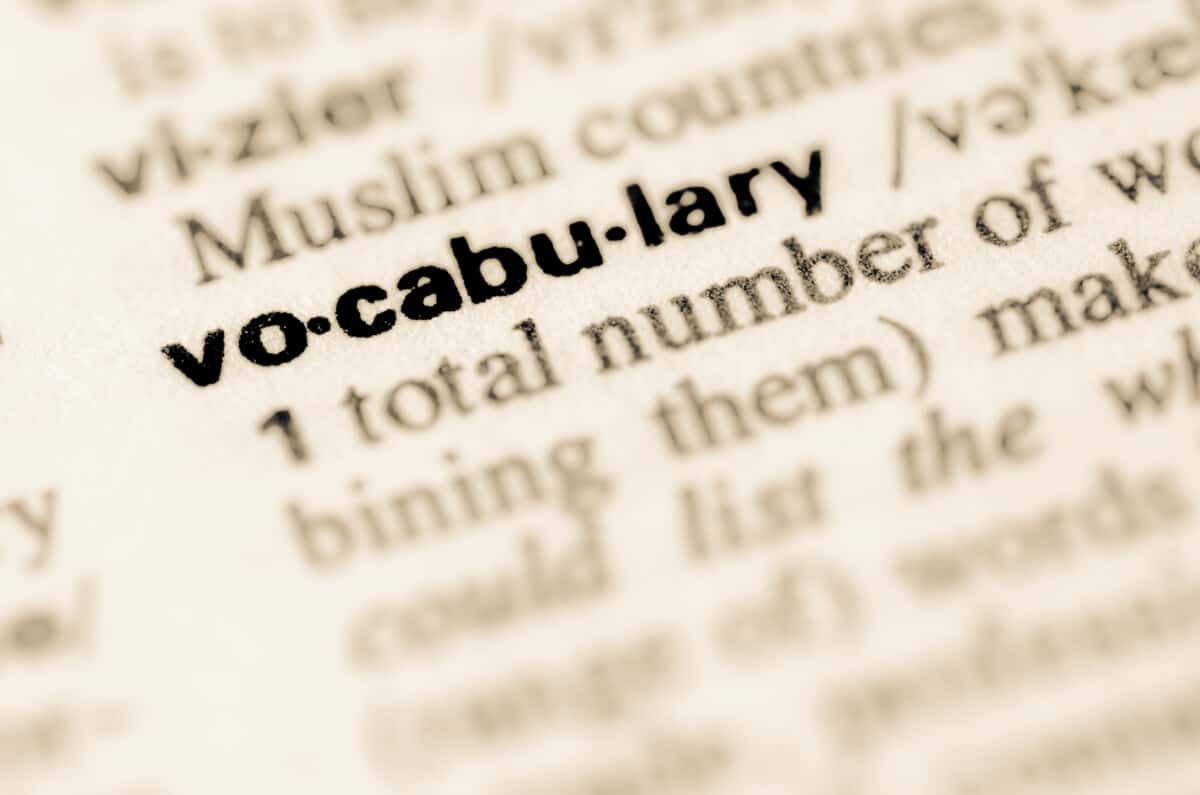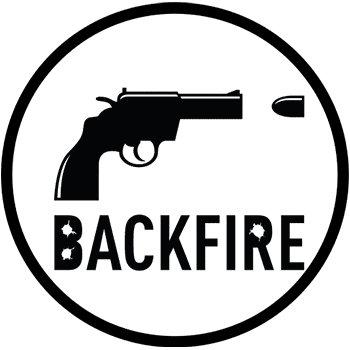9mm vs 9mm Luger: Is it the same thing? A clear explanation.

At some point, all of us are new to firearms. Maybe you, the reader, are new to guns at this very moment. That’s perfectly fine because, once again, we’ve all been there. This article is going to help explain why confusion exists in the naming of ammunition, as well as common terms like cartridge, caliber, and chambering.
So what is the difference between the 9mm and the 9mm Luger?
In common usage, the 9mm is the same as the 9mm Luger. The 9mm Luger is the most popular 9mm cartridge, so people often refer to it as “9mm” despite the fact that there are many other 9mm cartridges they could be referring to. However, there sometimes is a real and distinct difference between them.
Understanding the basics of the cartridge naming process is important for every gun owner, as it plays an important role in purchasing ammunition. Never trust a sales associate to know what you need. It is always the shooter’s responsibility to select the correct ammunition for a given firearm.
This article will help newer shooters understand some of the ideas which more experienced gun-owners sometimes take for granted.
Vocabulary Basics

Unfortunately, much of the confusion regarding ammunition is created by the firearms industry itself. The following are some basic terms that every gun owner should understand.
Cartridge: A cartridge, in the most basic sense, is a complete “round” of ammunition. But more often the term is used to differentiate between ammunition of different physical dimensions. Cartridges are typically named by the person, or company, that invents or standardizes them.
For example, a standardized cartridge like the 9mm Luger, is produced by almost every ammunition manufacturer because of its popularity. 9mm Luger ammunition from Winchester, Remington or Sellier & Bellot can all be safely shot out of a pistol chambered in 9mm Luger.
Often, the cartridge will carry the name of a manufacturer as a manner of free advertising. The .40 Smith & Wesson, for example, will have pistols and ammunition made for it by companies other than Smith & Wesson. There is no need to match the brand of the firearm, or ammunition, with the name that the cartridge carries.
Caliber: The term caliber is a more general term than cartridge, and is usually used to describe the diameter of the bullet itself and not the entire cartridge. This would be simple enough if cartridges were always accurately named. The 9mm Luger, for example, shoots a bullet that is almost exactly 9mm in diameter.
But, the .380 ACP also shoots a 9mm bullet, even though it alleges to be a .38 caliber cartridge. The 9mm Makarov actually shoots a 9.2mm bullet. It is more important to know exactly what cartridge your firearm shoots, more so than the caliber.
Chambering: This represents the specific cartridge that any given firearm is meant to shoot. The term refers to the gun’s chamber, where the ammunition is placed prior to firing. The chambering of the firearm is almost always stamped or engraved into the barrel.
Alternative Names: Unfortunately, many cartridges are referred to by more than one name. Knowing these other names can often be important, as they are used interchangeably.
This naming confusion is inflicted by the firearms industry upon the shooting community and is completely unnecessary. If I ever become the President of the Republic of Texas, I promise to fix it.
9mm Luger: All Hail the King
The 9mm Luger was developed at the turn of the 20th Century. Based on the .30 Luger, the case was necked up to accept the larger .355 bullet. The cartridge case has a mild taper toward the front, which makes it a very forgiving round when feeding from a magazine.
9mm Luger accounts for nearly all of the 9mm caliber ammunition which is produced at the present time.
Boxes of ammunition for the 9mm Luger will generally carry the same name. But, it is not uncommon to see ammunition labeled 9mm NATO, 9x19mm and 9mm Parabellum.
Firearms chambered in 9mm Luger will generally have 9x19mm stamped on the barrel, but I have also seen 9mm NATO and just “9mm” before as well.
Other Commercially Available 9mm Cartridges

.380 ACP: Originally designed to be a shorter, rimless version of the .38 ACP, this cartridge advertises itself as .38 caliber. In actuality, both the .380 ACP and the .38 ACP are 9mm cartridges. This cartridge is also commonly referred to as the .380 Auto, 9mm Short, and 9x17mm.
9mm cartridges that falsely allege to be .38 caliber were typically competing against a revolver cartridge at the time they were introduced.
9mm Makarov: This Soviet-era cartridge shoots a slightly larger in caliber bullet, measuring at 9.2mm or .364″. It is very similar in power level to a .380 ACP and was generally used in smaller pistols just like the .380 ACP does. In the United States, there is little reason to buy a firearm chambered for 9mm Makarov other than nostalgia.
Most pistols chambered in 9mm Makarov are Soviet-era and come from a country that was in the USSR or the Warsaw Pact. This cartridge is also commonly referred to as the 9x18mm.
9x21mm: This is a cartridge that is used in other countries but is very rare to see in the United States. Some foreign countries do not allow civilians to own firearms chambered in cartridges issued to their police and military. The 9x21mm represents a very minimal change from the physical shape and ballistics of the 9x19mm but is different enough to bypass these laws.
.38 Super: The .38 Super is another 9mm cartridge pretending to be a .38 caliber for reasons that haven’t mattered in one hundred years. What makes the .38 Super different than most others is that it has a longer overall length and won’t fit into a pistol frame meant for a 9mm Luger.
The .38 Super is typically seen in 1911 and 2011 style pistols. Most factory ammo is the +P variant. It’s more powerful than the 9mm Luger, but not significantly so.
.357 Sig: Designed in the mid-90s, the .357 Sig is a 40 S&W case necked down to fit a 9mm bullet. While the bullet is .355″, the cartridge carries the .357 naming to help associate it with the high velocities produced by the .357 Magnum.
The .357 Sig doesn’t come close to matching full-powered .357 Magnum loads, but it is a step up in the velocity department from even 9mm +P ammunition. The major drawback of the .357 Sig is the steep price increase in the cost of practice ammunition, especially compared to 9mm Luger.
There are other 9mm cartridges out there, but it can be a challenge to find both ammunition and firearms for them.
If I were to briefly inject my own opinion, I would strongly recommend a new shooter buy a firearm in 9mm Luger, as opposed to any other cartridge listed here. No advantage presented by any other 9mm cartridge outweighs the access to cheap, plentiful practice ammunition that 9mm Luger offers.
Conclusion
Ultimately it is the shooter’s responsibility to ensure that the correct ammunition is loaded into the correct firearm. When in doubt, check what is stamped on the barrel. For odd-ball or vintage firearms that you are unfamiliar with, consider speaking with a gunsmith.
